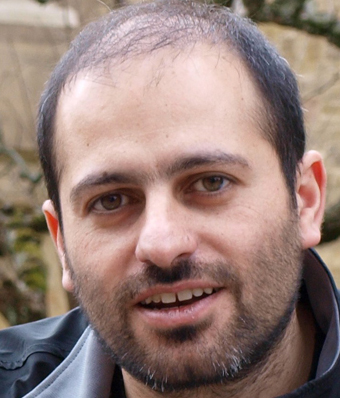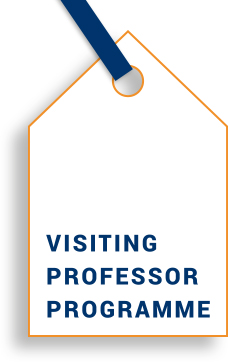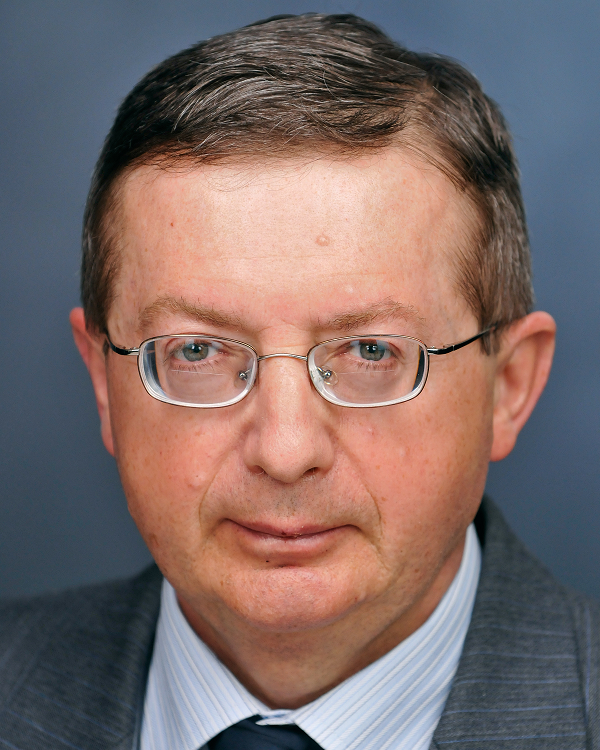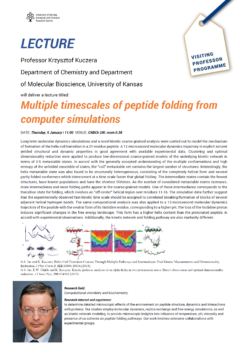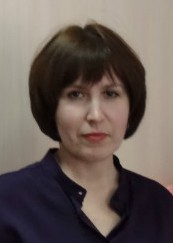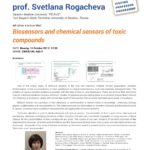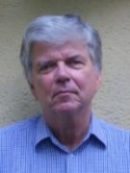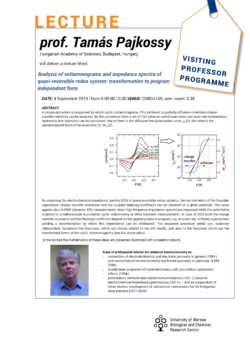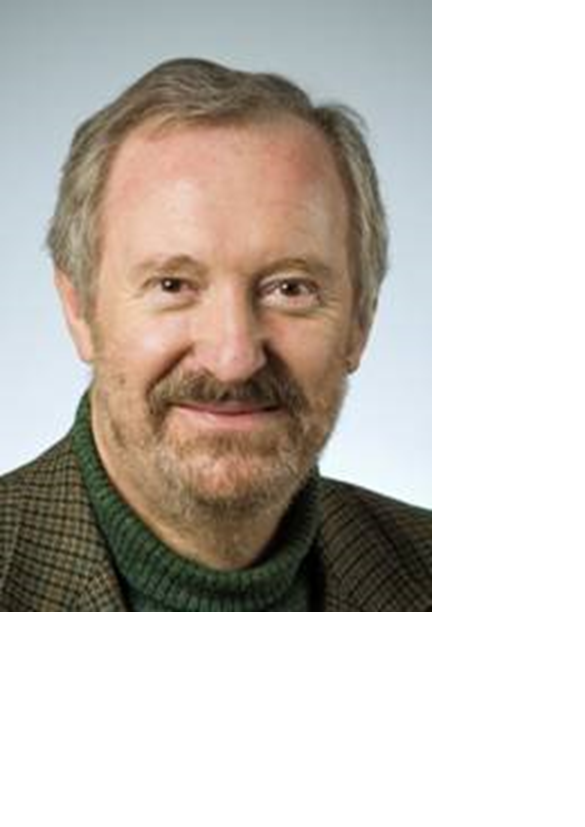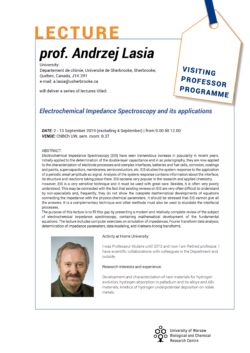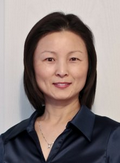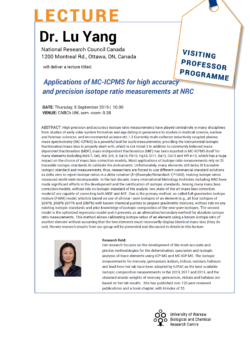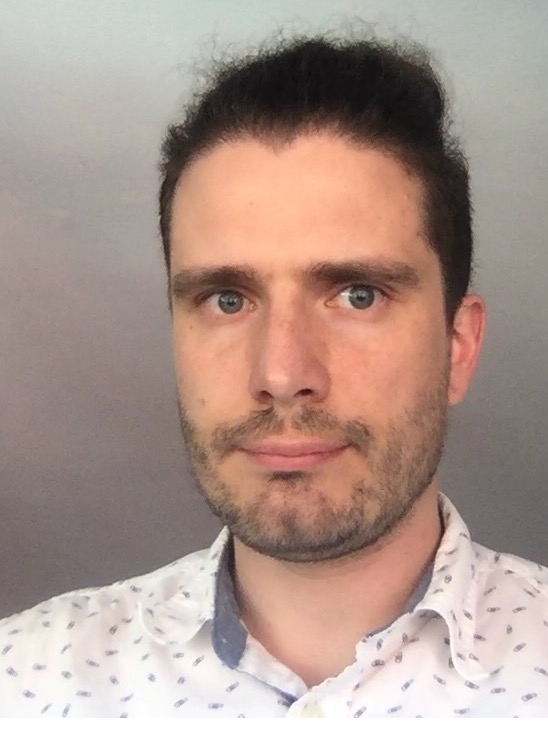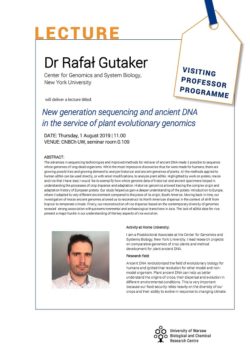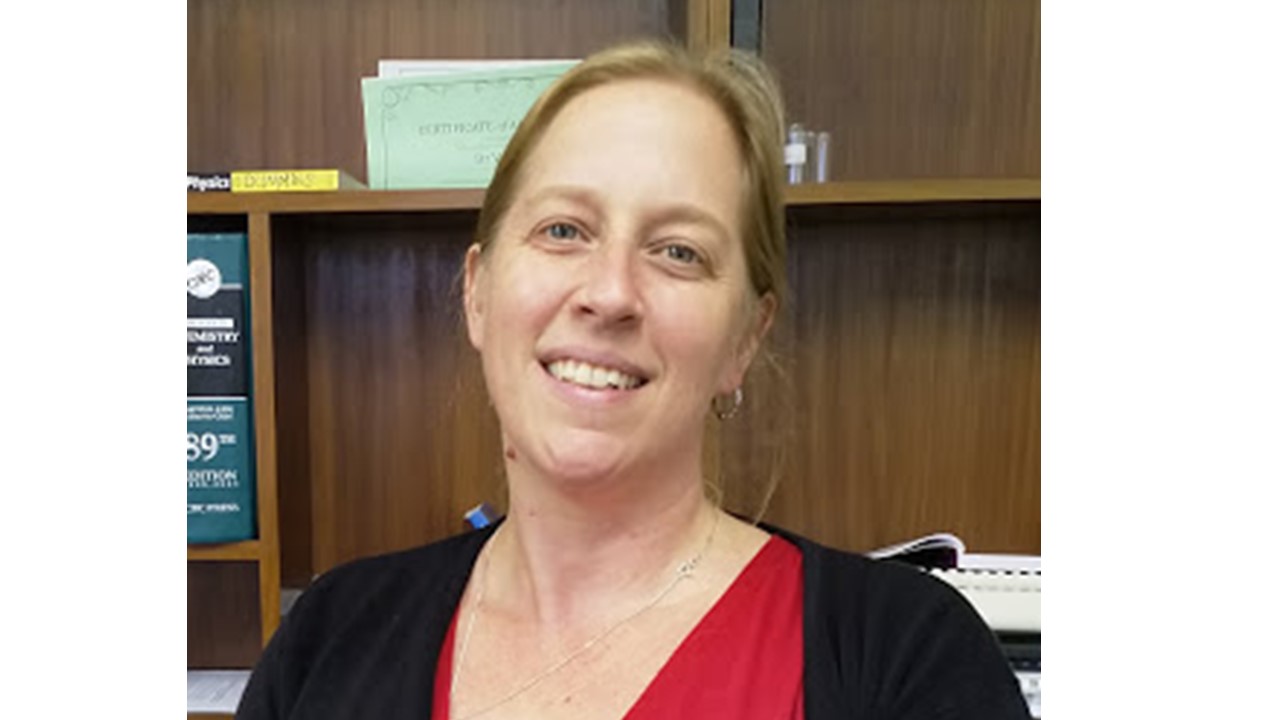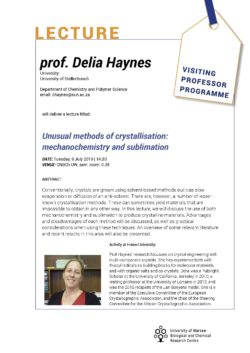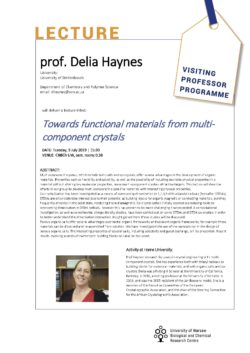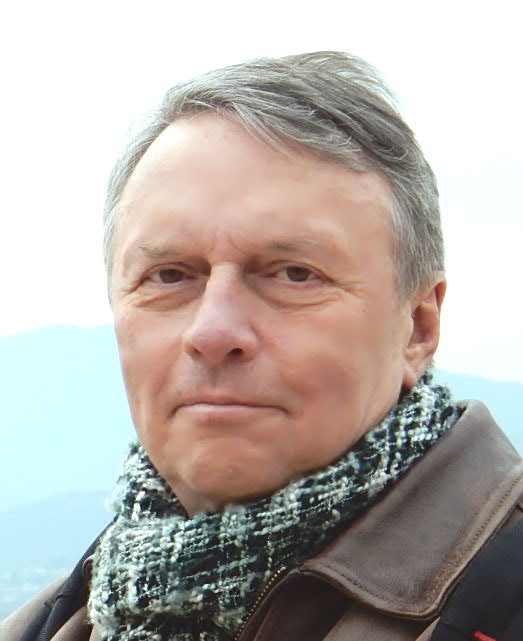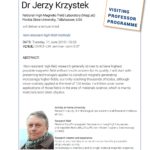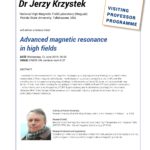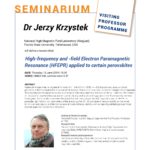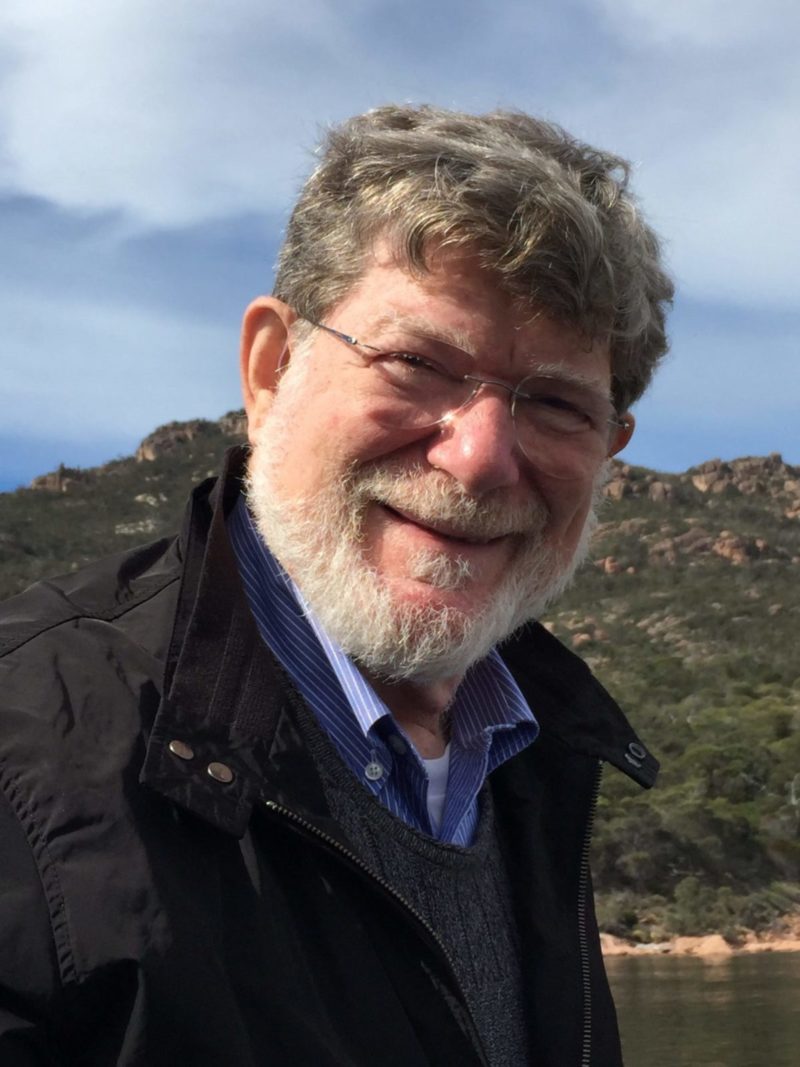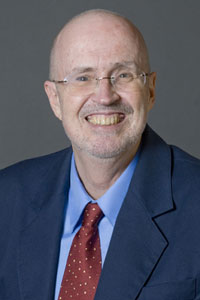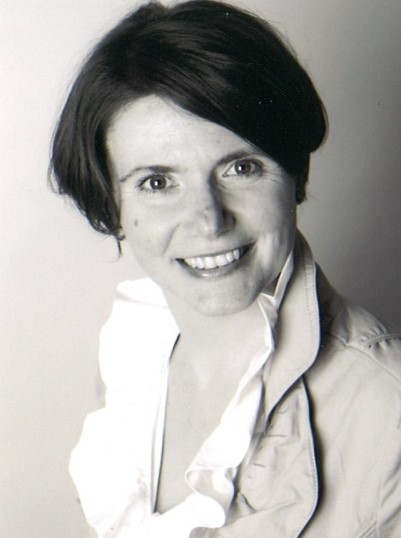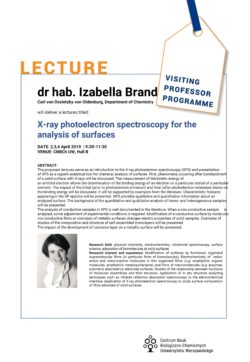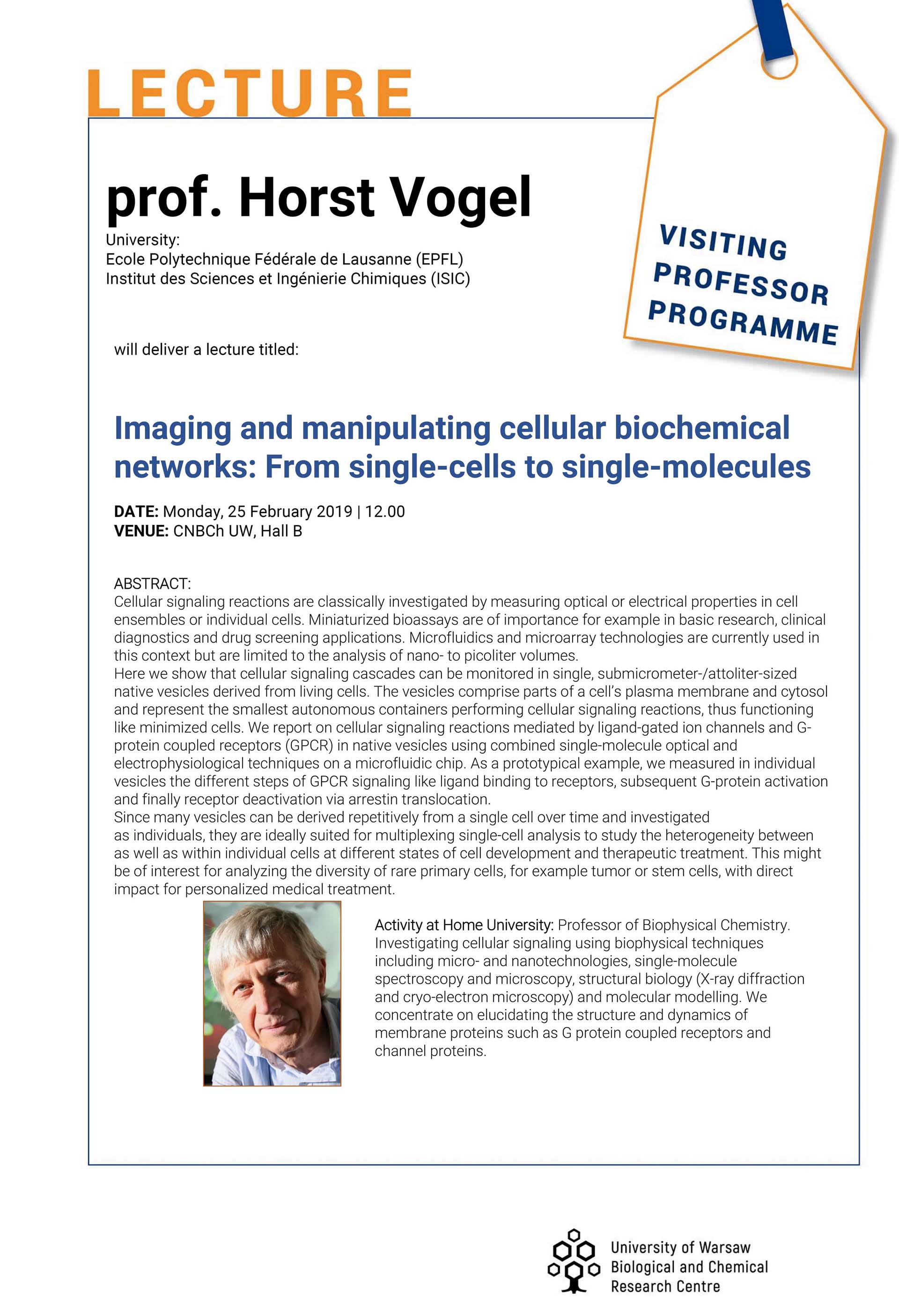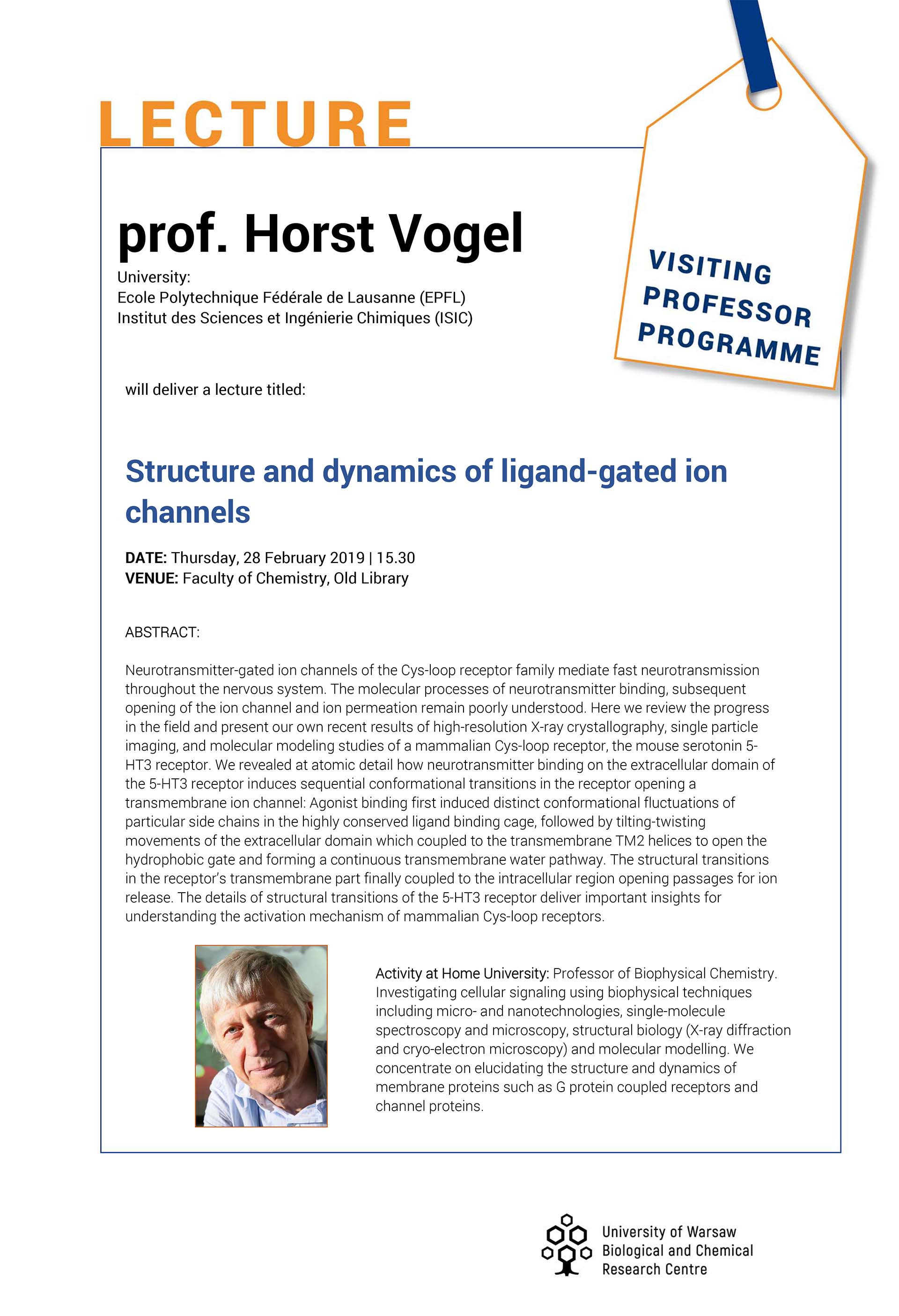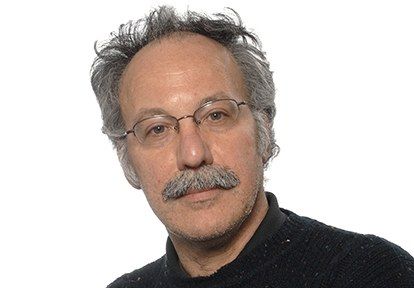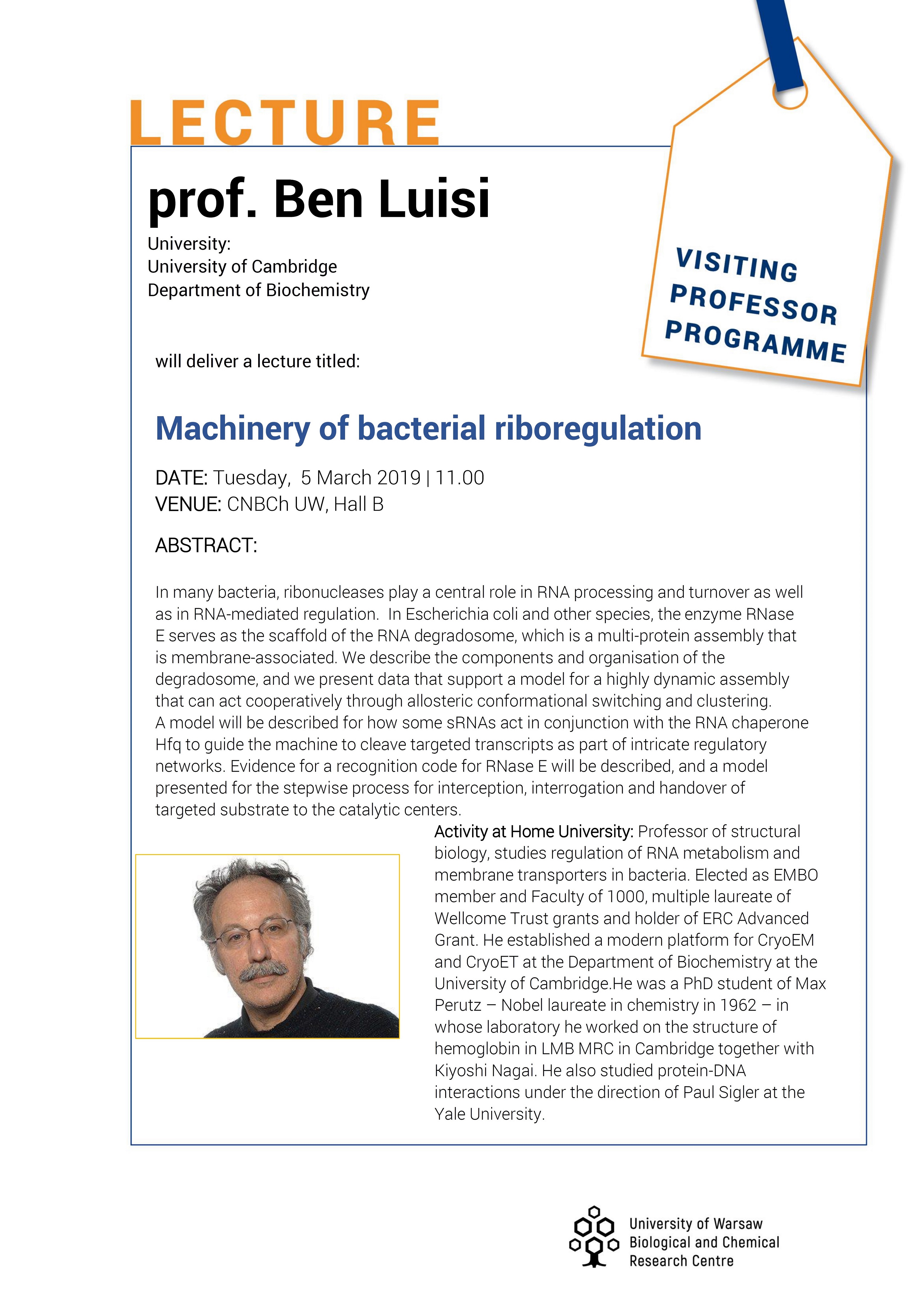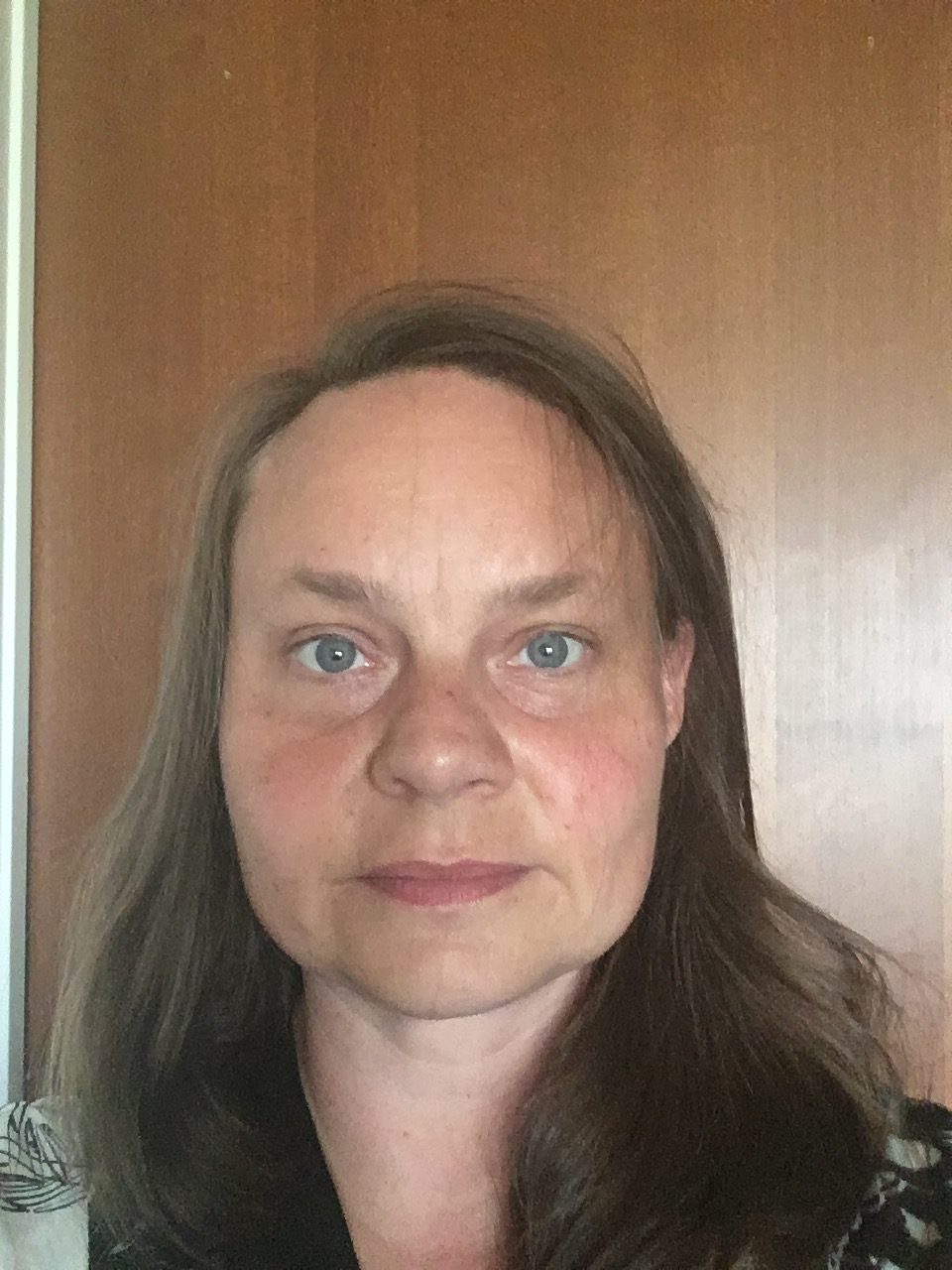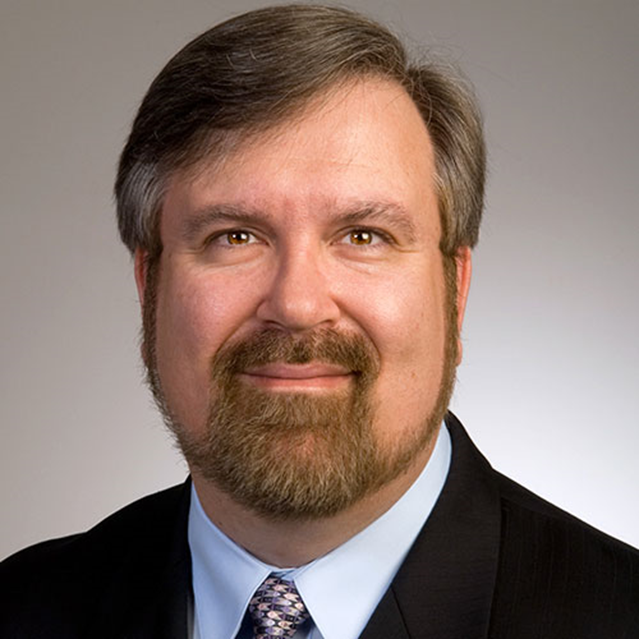prof. Paul Bagus
Country:
USA, University of North Texas
Activity at Home University:
The principle scientific interest of prof. Paul Bagus is to develop and apply theory and computation for the interpretation of core-level spectroscopies including XPS, XAS, and XMCD. These spectroscopies are routinely used non-destructive probes of material composition and properties. The aid of theory is needed for proper interpretation of these spectroscopies in terms of materials properties. Bagus’ work on chemisorption has involved the use of cluster models to represent the surface electronic structure and, in particular, to describe the chemical interaction of adsorbed atoms and molecules with the surface. A special advantage of the cluster model is that it naturally allows chemical concepts to be used to interpret surface chemical bonding and surface reaction processes. His work related to surface electronic structure has addressed how this structure leads to observable properties. These have included work function changes, surface and nano-particle core-level binding energy shifts, and the nature of the chemisorption bond between adsorbates and substrates. For this latter research, he and his collaborators have developed a theoretical methodology that has allowed them to decompose different contributions to the chemisorption bond. For example, the application of his work to comparisons of the metal carbonyl bond has allowed direct understanding of the chemical reasons that, while p back-donation dominates for 3d transition metals, p back-donation and s donation are of comparable importance for heavier, 5d, transition metals. Understanding of adsorption processes allows for better understanding of heterogeneous activity of surfaces.
Research field:
Theoretical chemistry, quantum mechanics, adsorption, X-ray Adsorption Spectroscopy, X-ray Photoemission Spetctroscopy
Research interest and experience:
Professor Bagus carries out research on electronic structure of molecular and condensed systems, particularly on core-level spectroscopies. His research has been funded by many grants. Professor Bagus has over 350 publications, almost all relating to the electronic structure of matter. He is internationaly recognized as a scientist and a member of national and international committees and societies.
Activity at CNBCh UW:
Project consultation: XPS and NAP-XPS study of adsorption phenomena
CNBCh UW Research Group:
Catalysis and Surface Science headed by phd. Adam Lewera
Date of stay:
25 May – 10 June 2019
